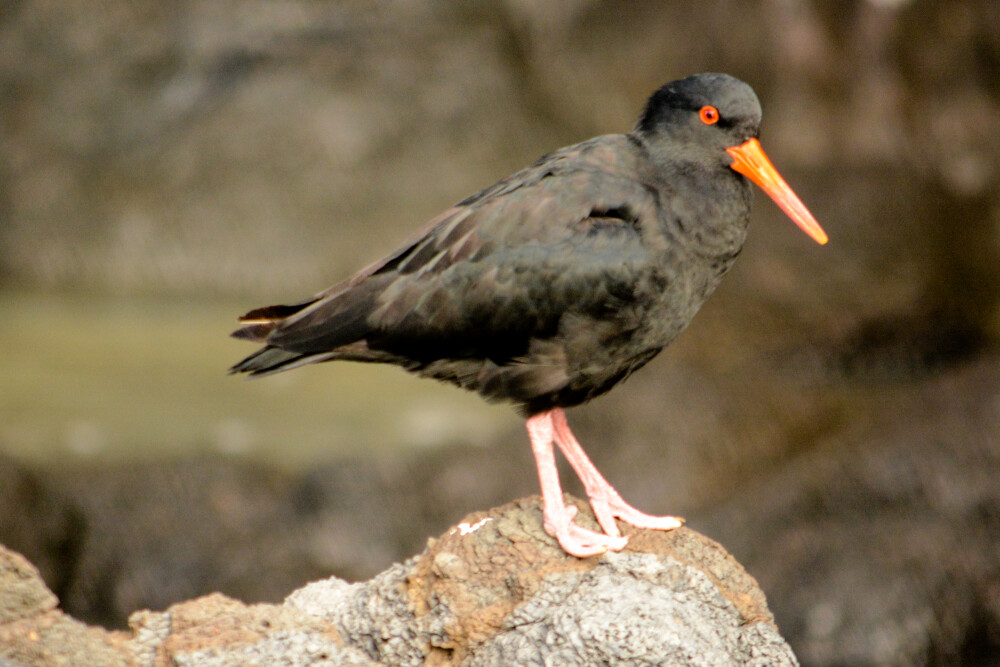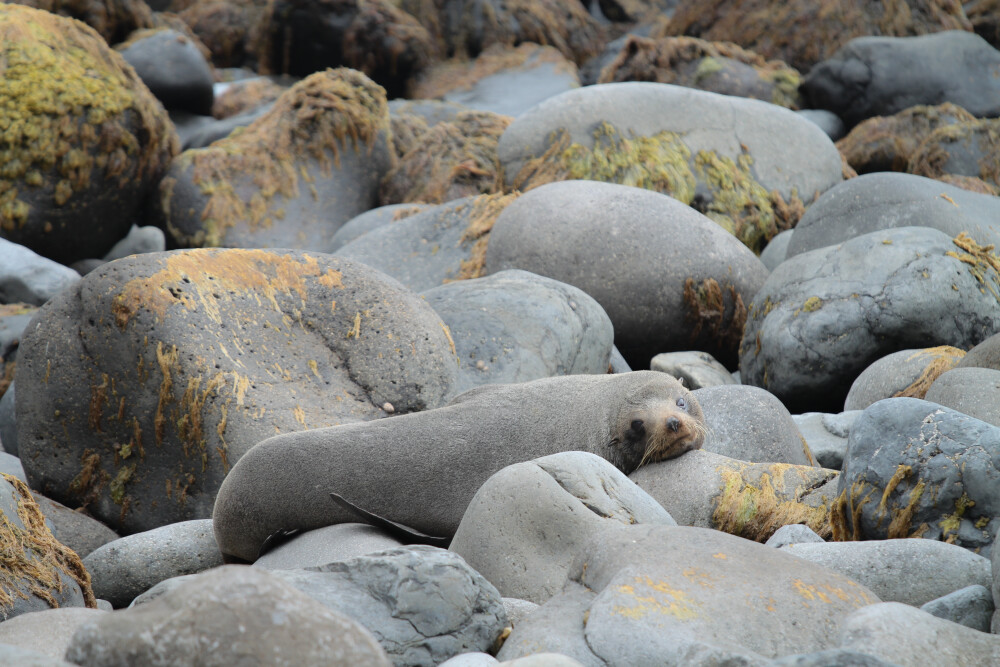
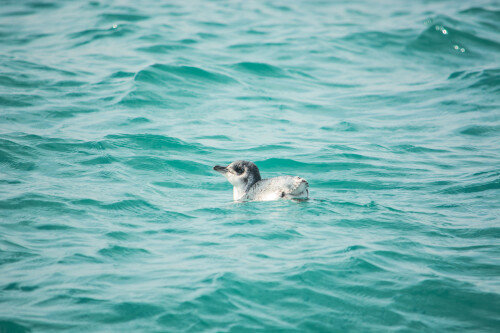
Wildlife found in and around Akaroa Harbour
Quick Find:
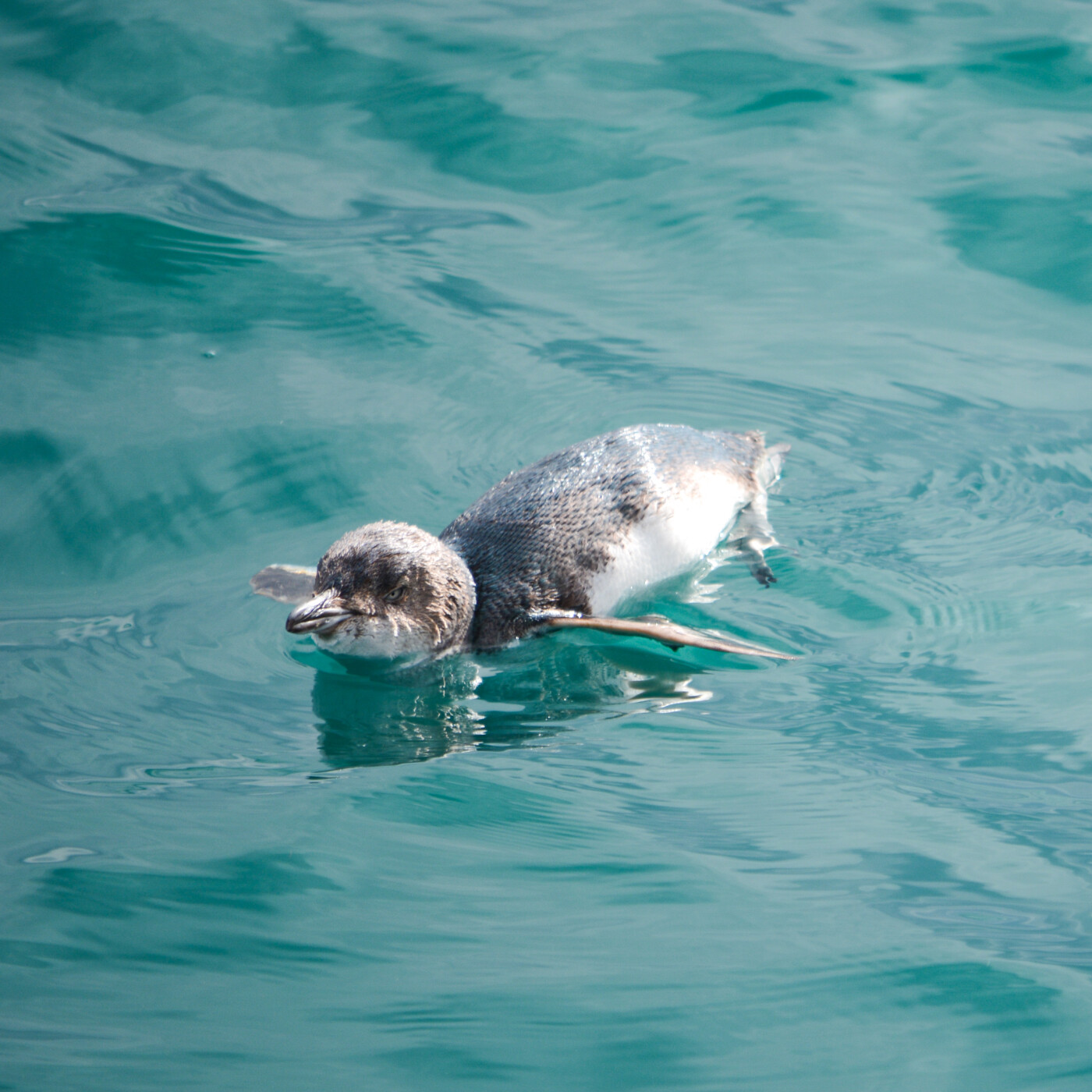
Endemic to Canterbury, New Zealand, they breed on Banks Peninsula and Motunau Island.
The White-flippered penguin has an overall blue-grey appearance, which is very similar to the Little Blue penguin. They are distinguished from the Little Blue penguin by a broad white colouring on the edges of the flipper.
Please note; is still very much up in the air and currently, White-flippered Penguins are considered either a subspecies or a colour morph of Little Blue Penguin
The White-flippered penguin is the smallest penguin in the world, standing just 25cm tall and weighing a little over 1kg.
The most recent estimate of the total population is only 4,000 pairs (1,800 on Motunau Island and 2,200 on Banks Peninsula). IUCN (The International Union for the Conservation of Nature and Natural Resources) and Birdlife International classified White-flippered penguin as “Endangered”, and D.O.C. (Department of Conservation, New Zealand) as “Acutely-Threatened”.
White-flippered penguins often mates for life and live up to 25 years.
They eat a variety of food, the likes of Shoaling Fish, Squid and less often crustaceans.
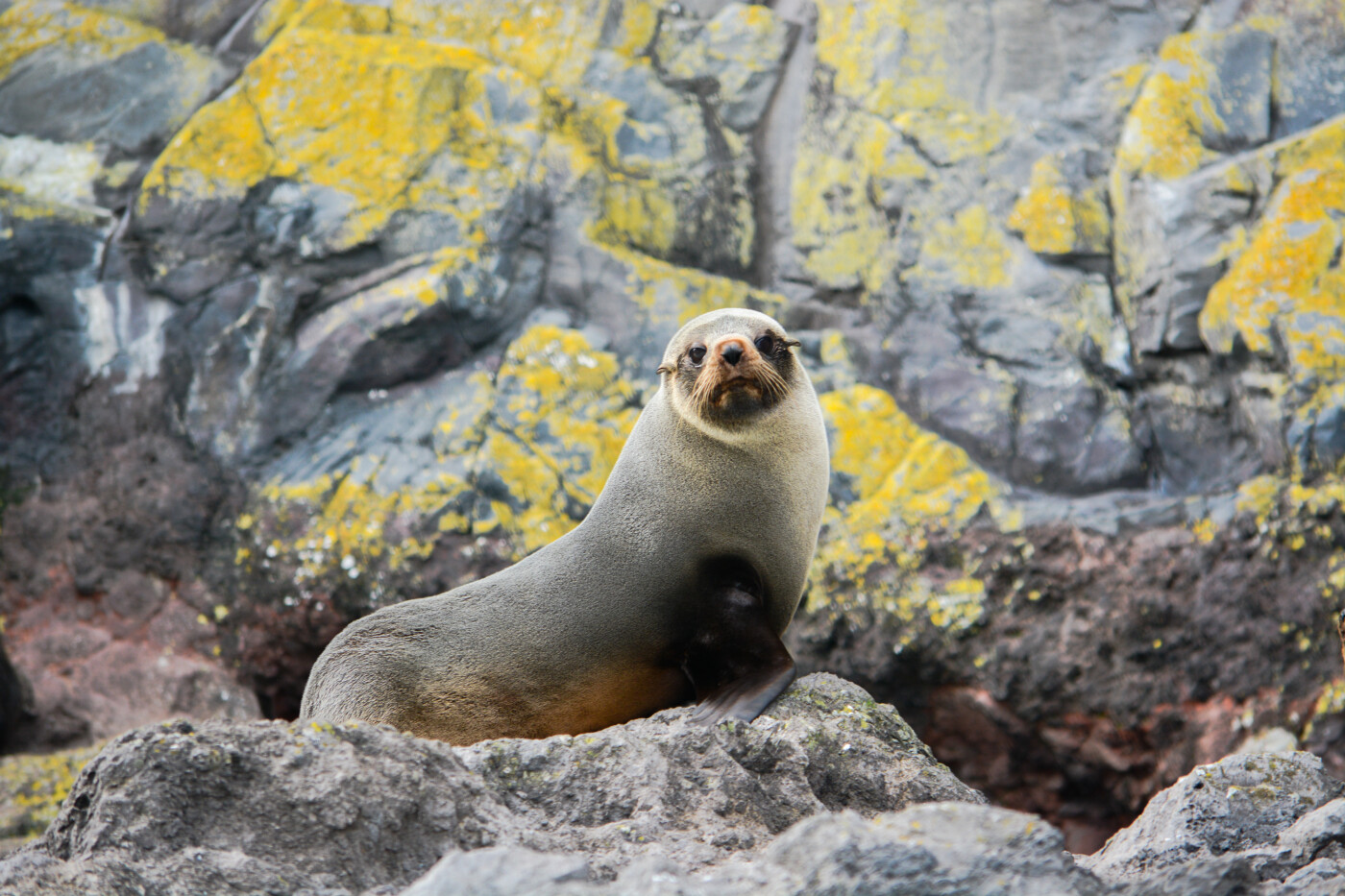
It’s not hard to spot a New Zealand fur seal sunbathing on the rocks around most of New Zealand’s coastline. They are also great travellers and can be found as far as the Subantarctic Islands and around Australia.
New Zealand fur seals are slightly different from other seals, as they have ears and hind flippers that rotate forward. Like other seals, they also have a pointy nose and long whiskers. New Zealand fur seals have two layers of fur, which is so dense that one small piece can cover a dog a similar size to a Labrador. The colour of their fur coats allows seals to camouflage themselves making them hard to spot.
Once on the brink of extinction due to being hunted in the 1800s for their fur and blubber, the New Zealand fur seals are now protected, and their population has risen to around 100,000 in New Zealand and a similar number in Australia.
New Zealand fur seals live for around 17 years.
Male New Zealand fur seals have been known to grow as large as 250kgs, but the average is around 120-150kgs. Females weigh in at around 30-50kgs. When a pup is born, it is around 3-3.5kgs
New Zealand fur seals can plunge under the sea at a speed of 50 km / hour and up to 200m deep. This enables them to hunt and feed on squid, octopus and fish like Barracuda, Flounder, Hagfish, Lamprey, Red Cod, School Shark, and many other species. For the Banks Peninsula seals 90% of their diet is Lantern Fish.
Female New Zealand fur seals generally get pregnant every year with just one pup, and it is very rare for a fur seal to have more than one pup at a time. Although fur seals conceive 12 months prior to giving birth, the gestational period is actually only 10 months, due to the seals having the ability to put their pregnancy on hold to coincide with giving birth in the summer months. Once born the pups will have a mix of milk from their mother, and when slightly older also feed on small fish. Then at around 10 months, they are fully weaned onto a solid fish diet. Pups spend a lot of time playing with each other and in the many rock pools.
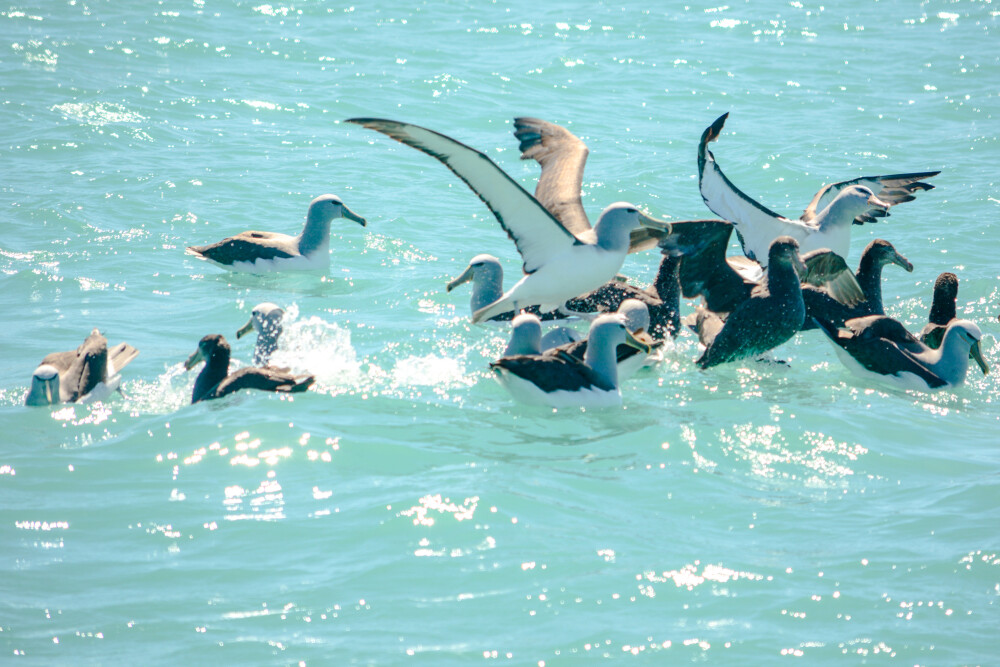

Buller’s
Mollymawk
The Buller’s mollymawk is one of the more abundant small Albatrosses occurring around coastal areas of New Zealand. Their striking black-and-golden-yellow bill and smart black-and-white plumage make them readily identifiable. They love flying behind fishing boats trying to get a free feed.
Fluttering
Shearwater
You might hear them fluttering past your ear before you see them, with their distinctive sound in flight. They’re generally sighted in large flocks, up to thousands at a time. Here in Akaroa Harbour, we see them feeding on schools of fish or groups of crustaceans on the water surface, which would be commonly Kahwai and Krill here.
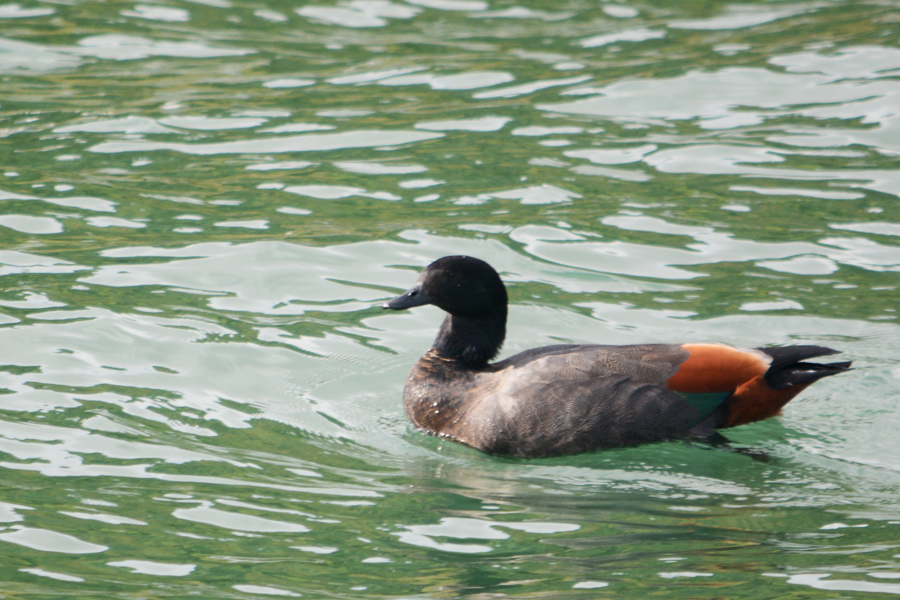
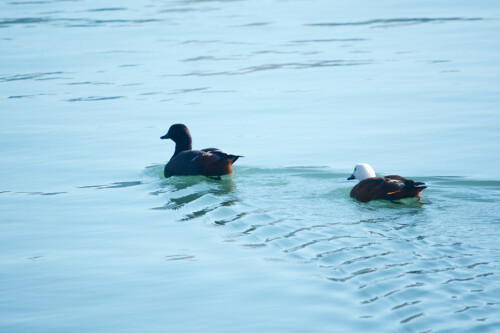
Paradise
Shelduck
Endemic to New Zealand, these waterfowl are noisy, colourful and rather conspicuous. Their population has taken decades to heal again after they were excessively hunted in the past, but now they’re a great spot. We just love how the female and male plumages are contrasting, all ready to waddle down the catwalk. We also discovered a connection between humans and these ducks! Males have a deep goose-like honk, while the female has a much more shrill, rapid & persistent sound. Does that not sound familiar to you?
This large black-and-white shag is often mistaken for begin a penguin, seen individually or in small groups roosting on rocky headlands, trees or man-made structures. Pied shags are found to forage and breed primarily around coastal habitats, throughout much of New Zealand. Pied shags feed mainly on fish which are between 6-15cm long, and occasionally on Crustaceans. The fish they eat are Flounder, Mullet, Eel, Goldfish, Perch, Goatfish, Kahawai, Wrasse and Common Trevally.
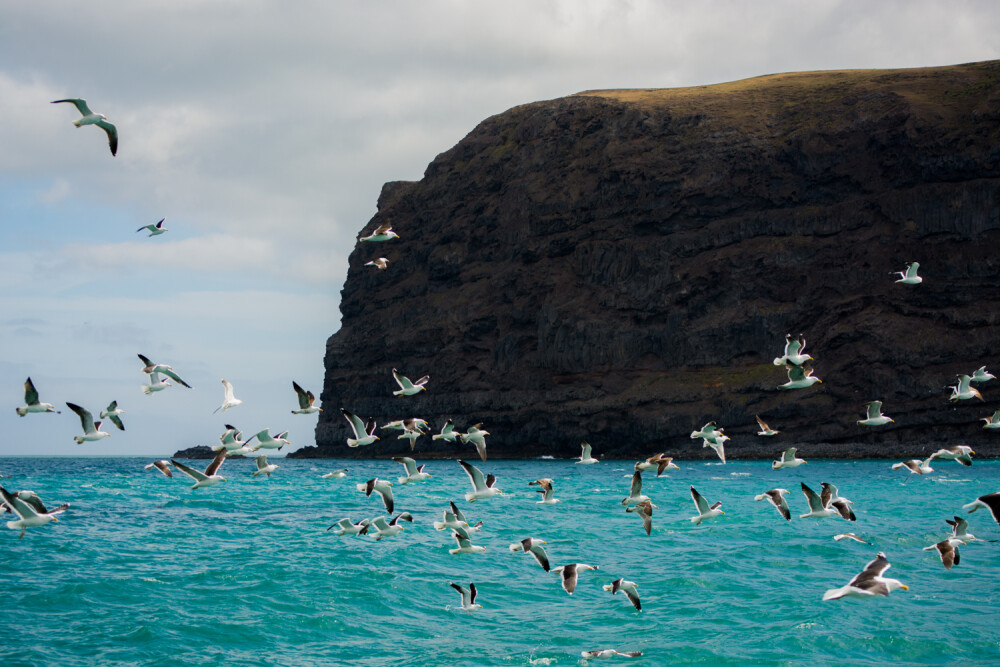

Southern
Black-Backed
Gull
The Southern black-backed gull (or ‘Black-back’) is one of the most eco-rich and familiar large birds in New Zealand. Adults have a white head and underparts, with a black back, yellow bill with red spot near tip of lower mandible, and pale green legs. They can be found throughout most habitats in New Zealand, excluding forest and scrub.
Compared with typical Cormorants, the Spotted shag is a light-coloured bird, with a brown back. Spotted shags nest in colonies of 10-700 pairs, these colonies are generally found on the ledges of coastal cliffs. Their diet consists of small fish and marine invertebrates, including Squid and Plankton. They feed in deep water and have been found 16km offshore.
The White-fronted tern is the most common tern on the New Zealand coastline. They occasionally forage up rivers, but are rarely found far from the coast. The White-fronted tern is a medium-sized, long-tailed sea Tern that is common around New Zealand coasts. It is pale grey above and white below, with a black cap that is separated from the bill by a white band. White-fronted terns feed on small fish at sea or up rivers. The New Zealand population has been in decline over the last 40 years.
Protecting our waters for future generations
Our family were among the first European settlers in Akaroa, with eight generations born and raised here. We’re passionate about doing our part to ensure it remains vibrant and healthy for many years to come.

Book your Cruise today
Ready to set sail on a journey you won’t forget? We look forward to welcoming you aboard and showcasing the astounding beauty of our small corner of Aotearoa.





